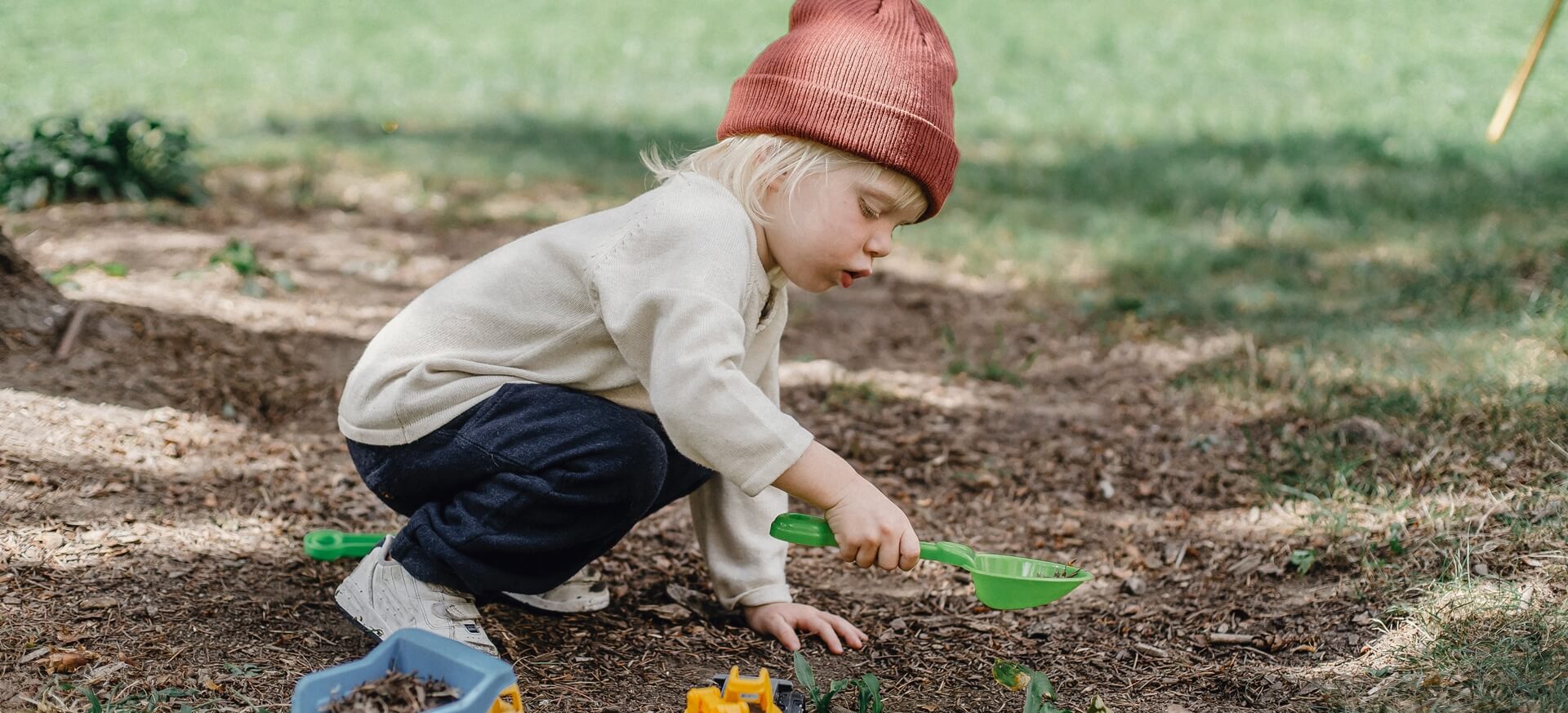


Ensuring Safety during Outdoor Activities for Kindergarteners

Outdoor activities play a crucial role in the holistic development of kindergarteners. However, ensuring their safety during these activities is paramount. This article delves into various safety measures that must be considered for kindergarteners engaged in outdoor physical activities.
Understanding the Importance of Outdoor Safety
Outdoor activities are not just about physical well-being; they also aid in the social, emotional, and cognitive development of young children. However, the vulnerability of kindergarteners makes it essential to prioritize their safety to prevent accidents and injuries.
Safety Measures to Consider
-
Adult Supervision:
- Constant monitoring by adults is vital. Teachers or guardians should always be present to oversee the activities.
- It's not just about being present; active engagement and awareness of what every child is doing are crucial.
-
Safe Environment:
- Ensure that the play area is secure and free from hazards like sharp objects, uneven surfaces, or dangerous slopes.
- Regular checks for potential hazards in the play area should be a routine.
-
Appropriate Play Equipment:
- Use age-appropriate and well-maintained play equipment.
- Regular inspection of equipment for any wear and tear can prevent accidents.
-
Weather Considerations:
- Be mindful of the weather conditions. Extreme temperatures, either hot or cold, can affect children significantly.
- Adequate measures like providing shade and hydration during hot weather, and warm clothing during cold weather, are important.
-
Child-Friendly Clothing and Gear:
- Dress children in comfortable clothing that allows free movement.
- Use protective gear like helmets, knee pads, etc., if the activity demands.
-
Hydration and Nutrition:
- Regular intervals for water breaks to ensure children stay hydrated, especially in hot climates.
- Healthy snacks can be provided to keep their energy levels up.
-
First Aid and Emergency Protocols:
- Always have a first aid kit accessible.
- Staff and supervisors should be trained in basic first aid and CPR.
-
Teaching Safety to Children:
- Educating children about basic safety rules in a way they understand.
- Encouraging them to be mindful of their own safety and that of others.
-
Inclusion and Monitoring Individual Needs:
- Pay attention to individual needs, including children with allergies or specific medical conditions.
- Inclusion of all children in activities, with modifications if needed for those with different abilities.
Inculcating Responsibility and Awareness
It's not just about imposing rules; it's also about teaching children the value of safety and responsibility. Simple discussions and demonstrations on why we follow certain safety measures can be quite effective.
The safety of kindergarteners during outdoor activities is a responsibility that cannot be taken lightly. A balance of fun, learning, and safety creates an ideal environment for their growth and development. By implementing these measures, we can ensure that our young ones enjoy their outdoor experiences while staying safe.





